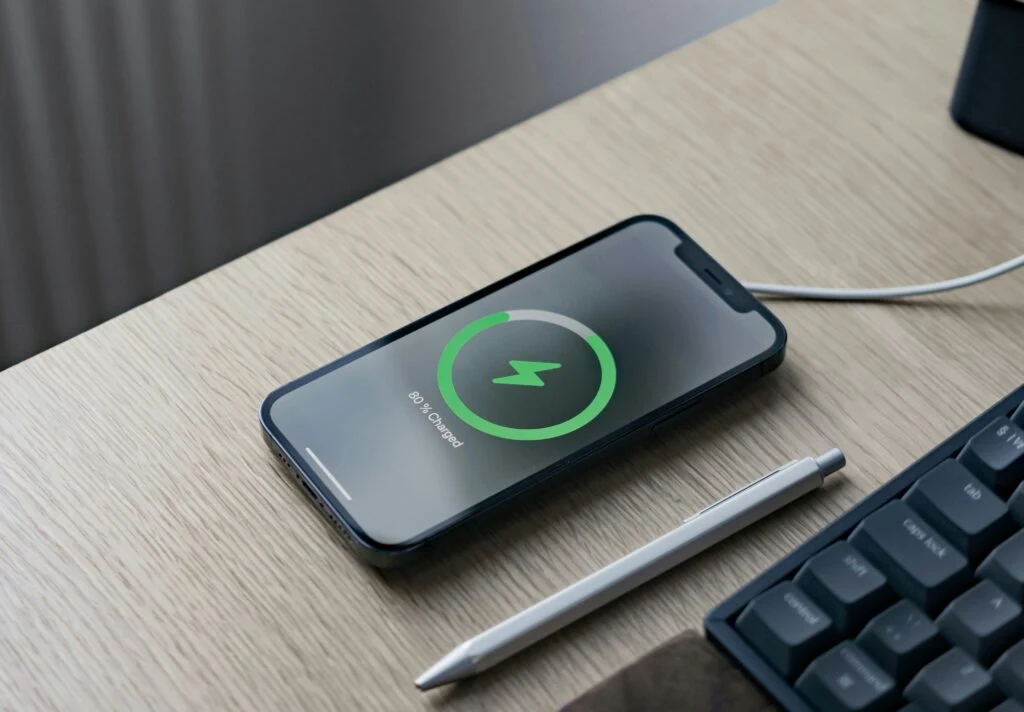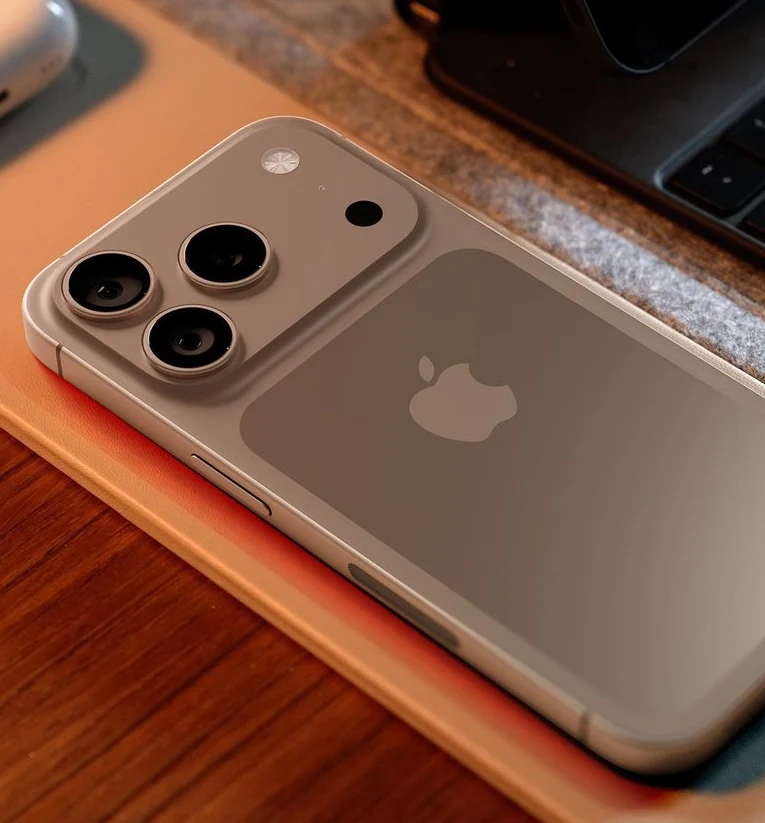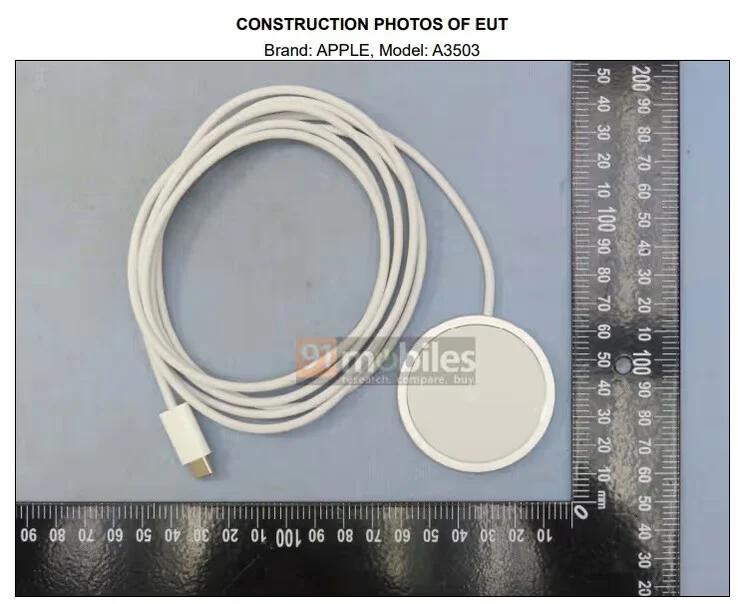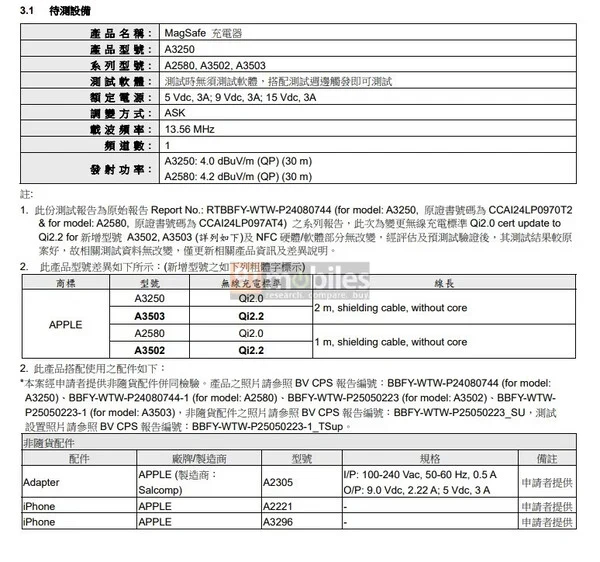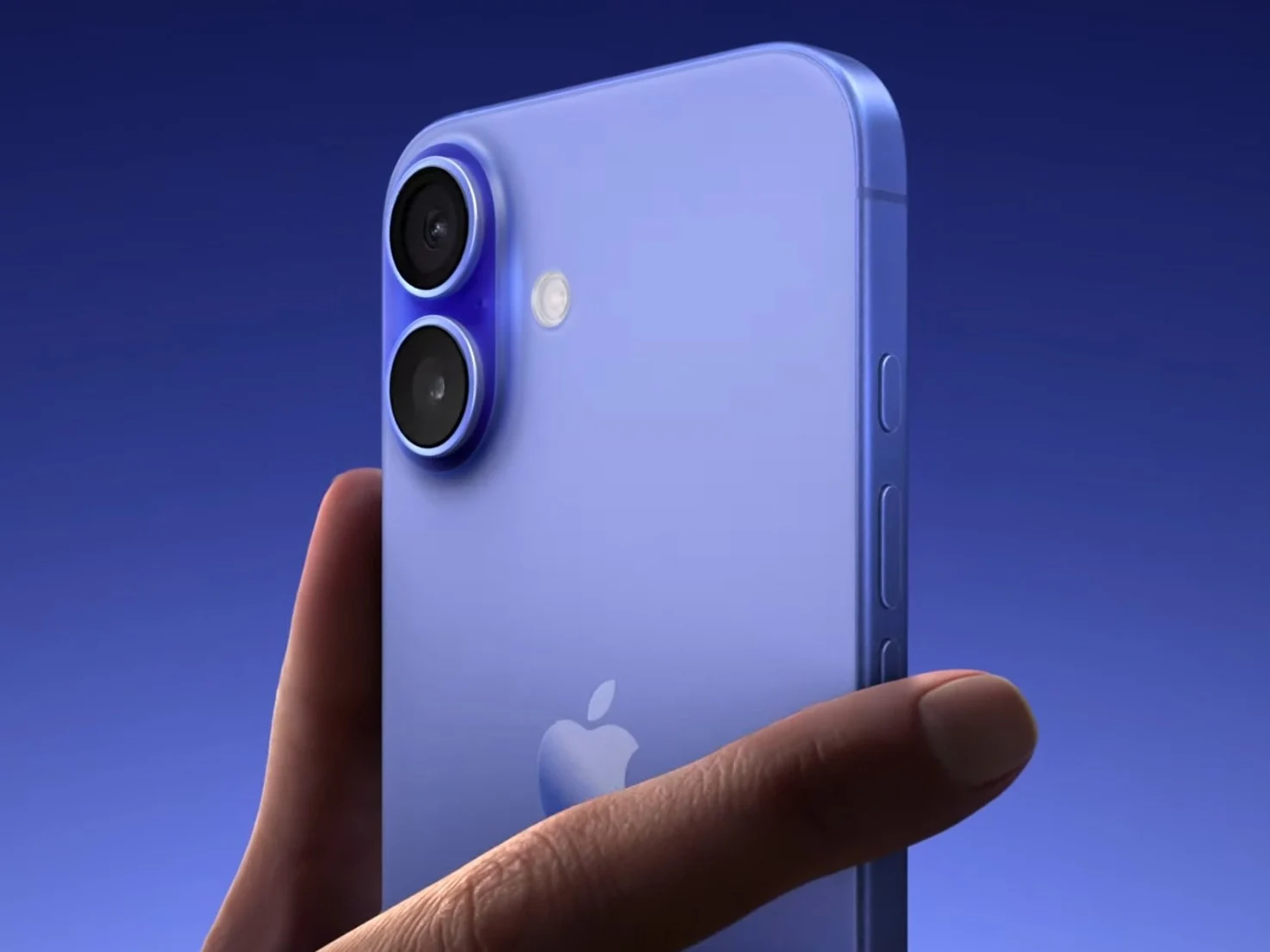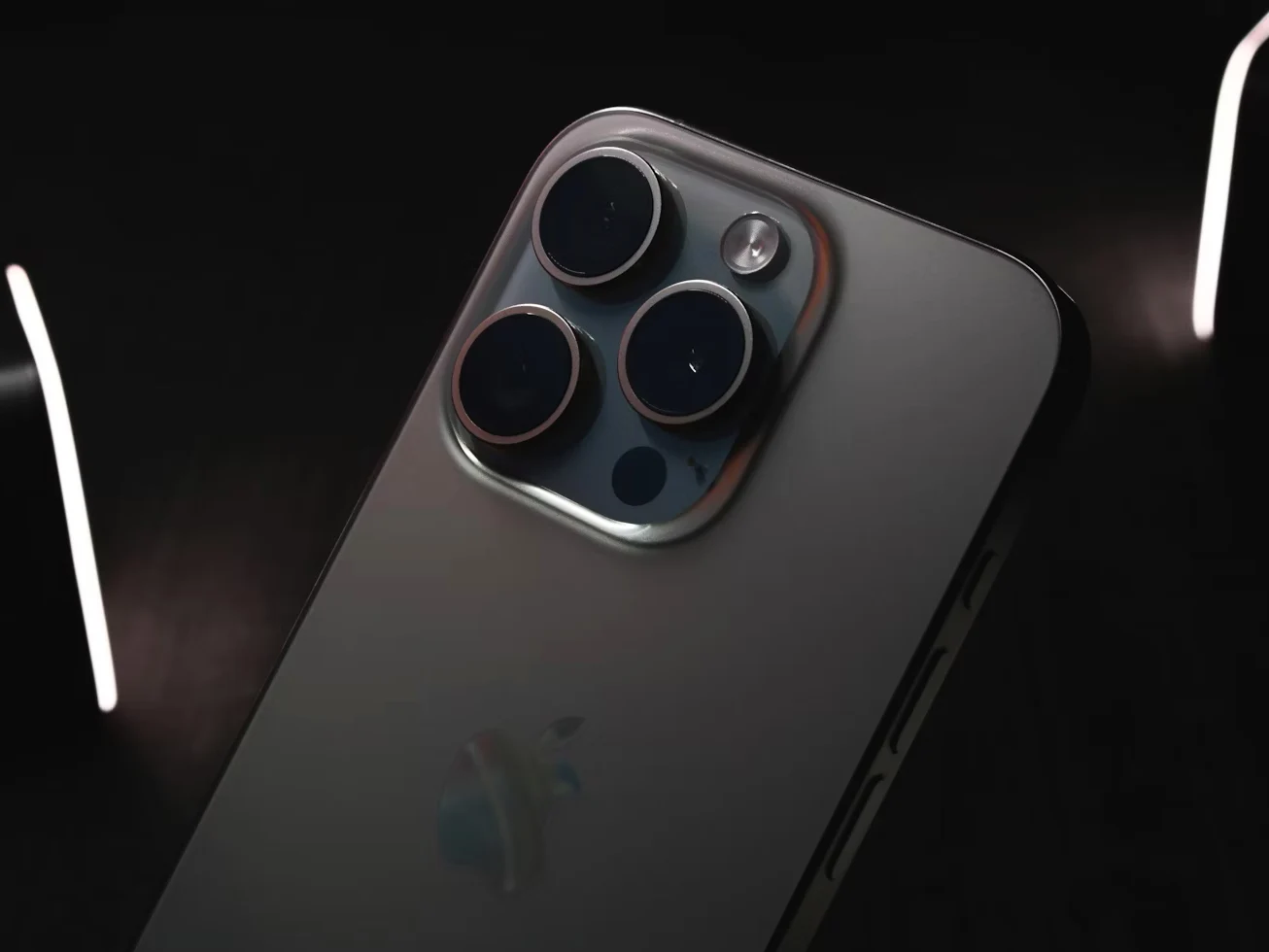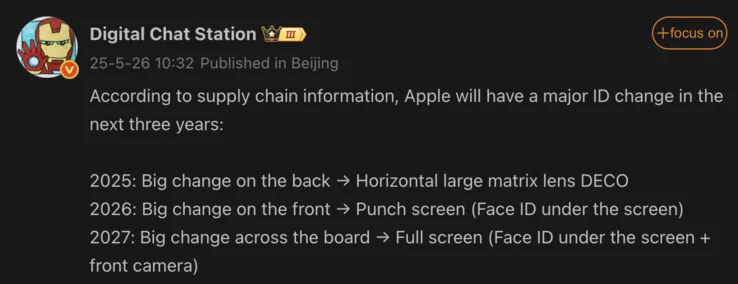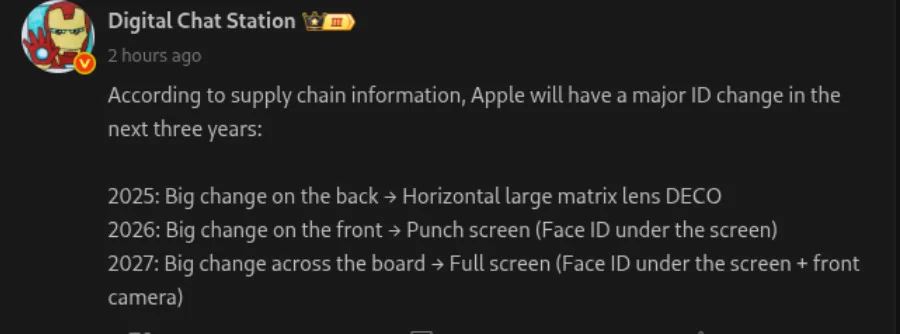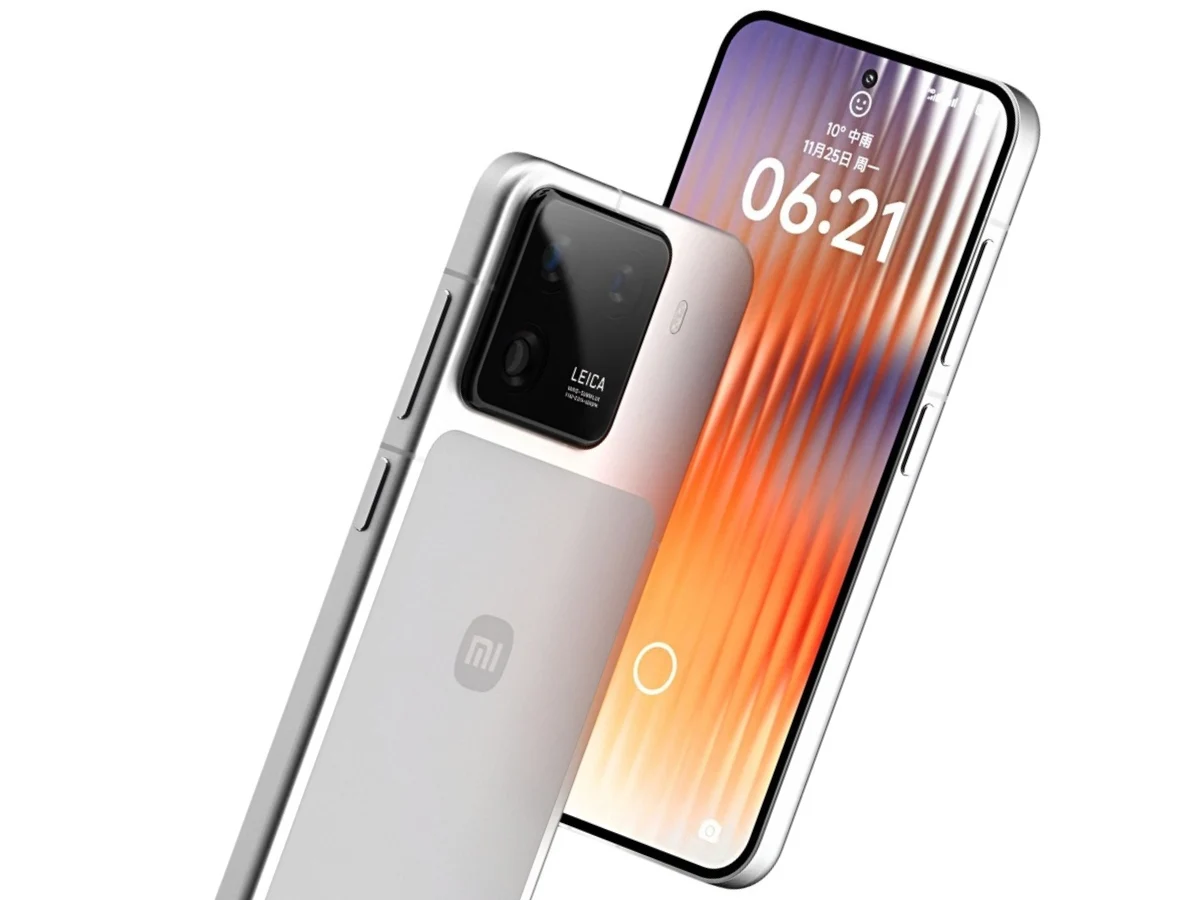Key Takeaways
1. Apple has launched iOS 26 with a new “Liquid Glass” design and improved battery life features.
2. The new “Adaptive Power” feature uses AI to manage resources but may reduce system performance to conserve battery.
3. The iPhone 17 series is expected to maintain similar battery sizes as the iPhone 16, with the iPhone 17 Air having a notably smaller 2,800mAh battery.
4. Compared to competitors like the Galaxy S25 Edge, which has a larger 3,900mAh battery, Apple’s battery sizes may still lag behind.
5. The effectiveness of the AI-driven battery management will need real-world testing to determine its impact on device performance and battery life.
Apple has just launched iOS 26, showcasing a new “Liquid Glass” design along with several new features. One notable feature is aimed at improving battery life by managing resources intelligently. However, this may have a downside: users might experience a decrease in performance as the system attempts to conserve power. Previously, there were rumors about Apple developing an AI-driven battery management tool, which seems to be the “Adaptive Power” feature now included.
Meaningful Upgrade?
Unlike some of the past controversial user interface changes, this could be a significant improvement for the iPhone 17 series—assuming it’s implemented correctly. The iPhone 16 comes equipped with a 3,561mAh battery, and the upcoming iPhone 17 is not widely thought to have a notably larger battery. In fact, the 5.5mm-thin iPhone 17 Air is said to have a battery as small as 2,800mAh.
Battery Comparisons
For comparison, the 5.8mm Galaxy S25 Edge, which features the latest, highly efficient Snapdragon 8 Elite processor, boasts a bigger 3,900mAh battery. This “razor-thin” Android device, unlike other models in the S25 series, offers pretty average battery life at best. You can find more about the battery performance of the S25 Edge in their specs.
Although Apple benefits from a tight integration of software and hardware, resulting in better power efficiency, the battery size in the Air model will probably still be behind the standard variant. This is where the new AI-driven Adaptive Power feature could be crucial for the iPhone 17 Air.
Competing with Chinese Brands
This feature might also assist other iPhone 17 models in keeping up their battery life advantage, especially since many Chinese smartphone companies are already offering batteries exceeding 6,000mAh, thanks to advancements in silicon-carbon battery technology—something Apple has yet to incorporate.
However, the actual performance of this AI-based resource management will need to be assessed in everyday situations, and we are eager to see how it performs.

